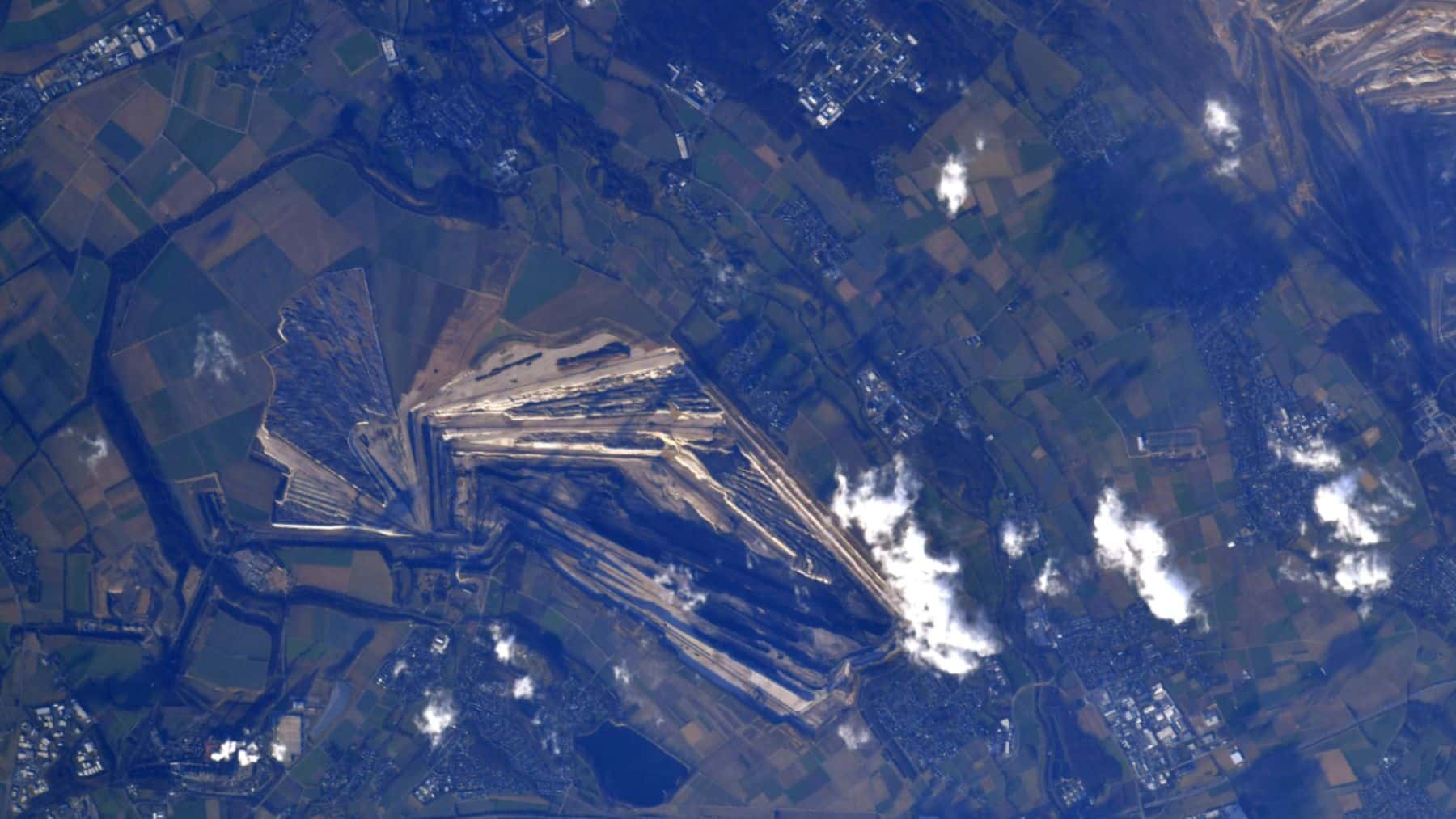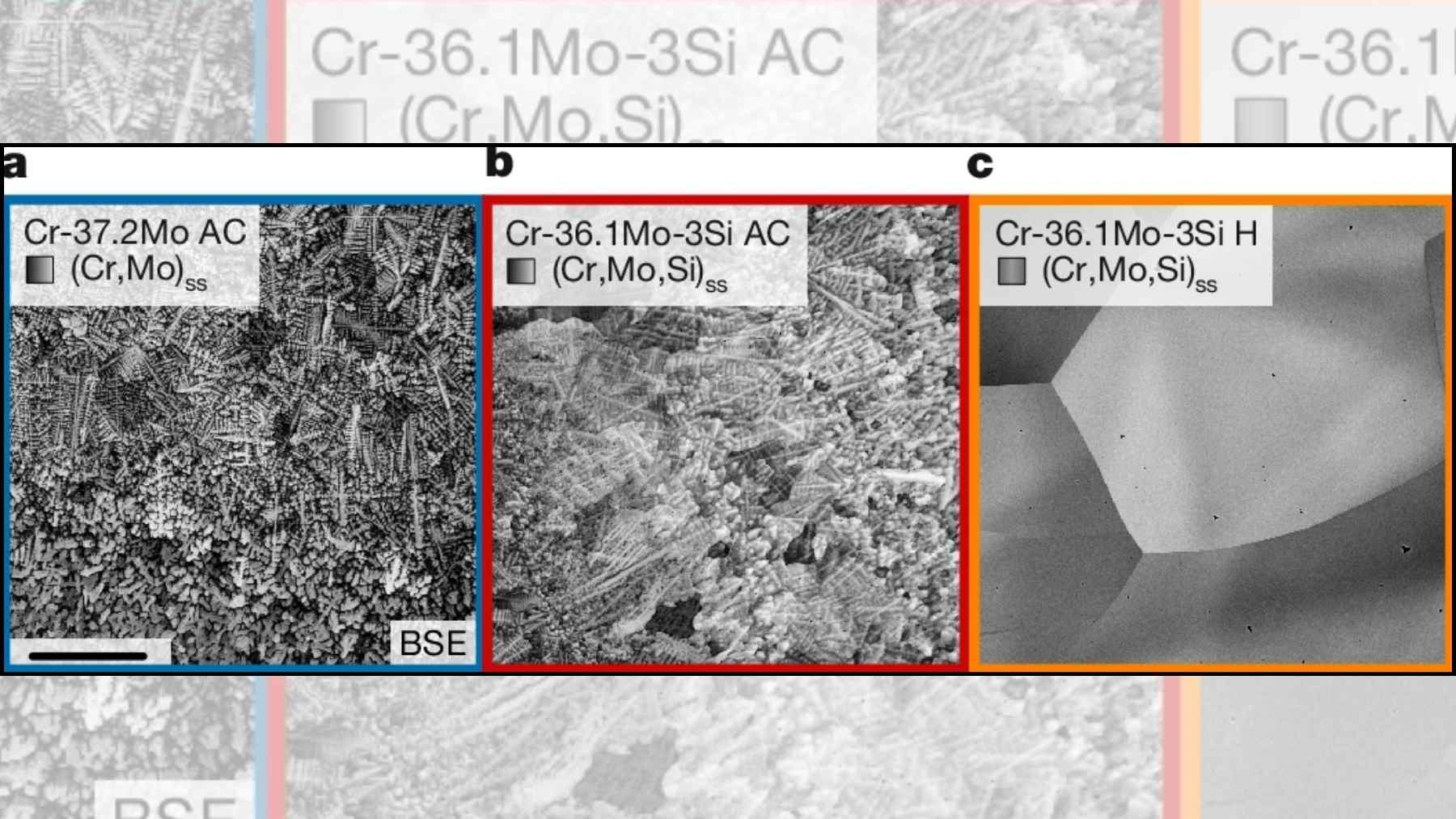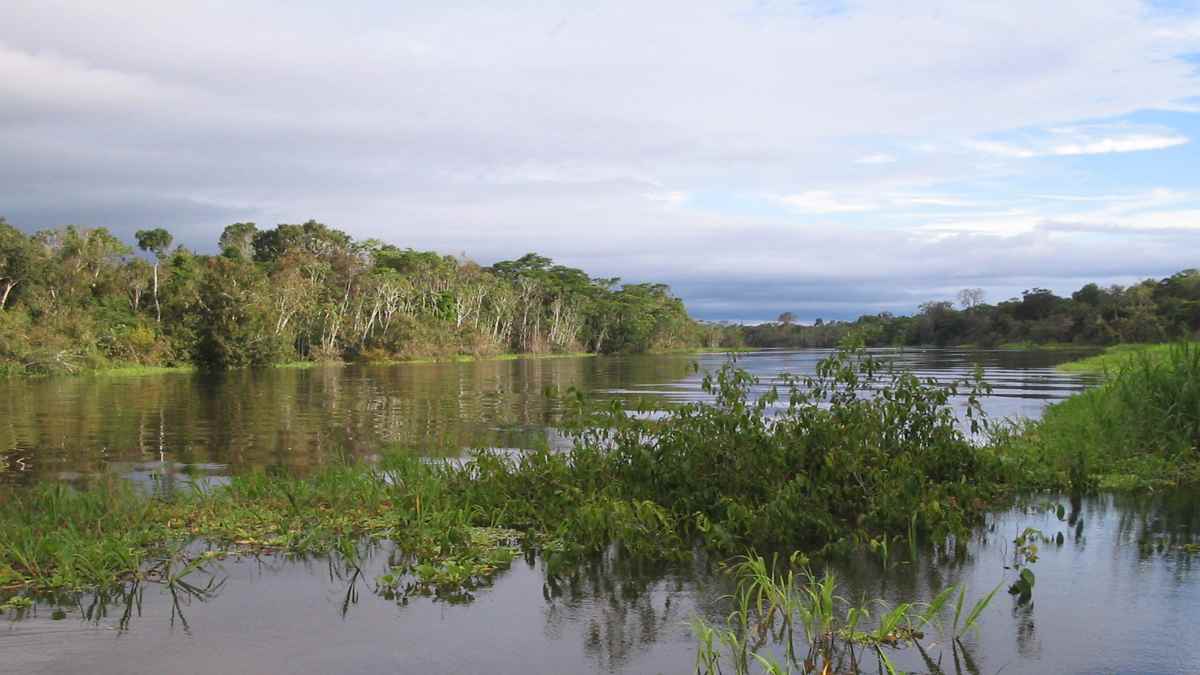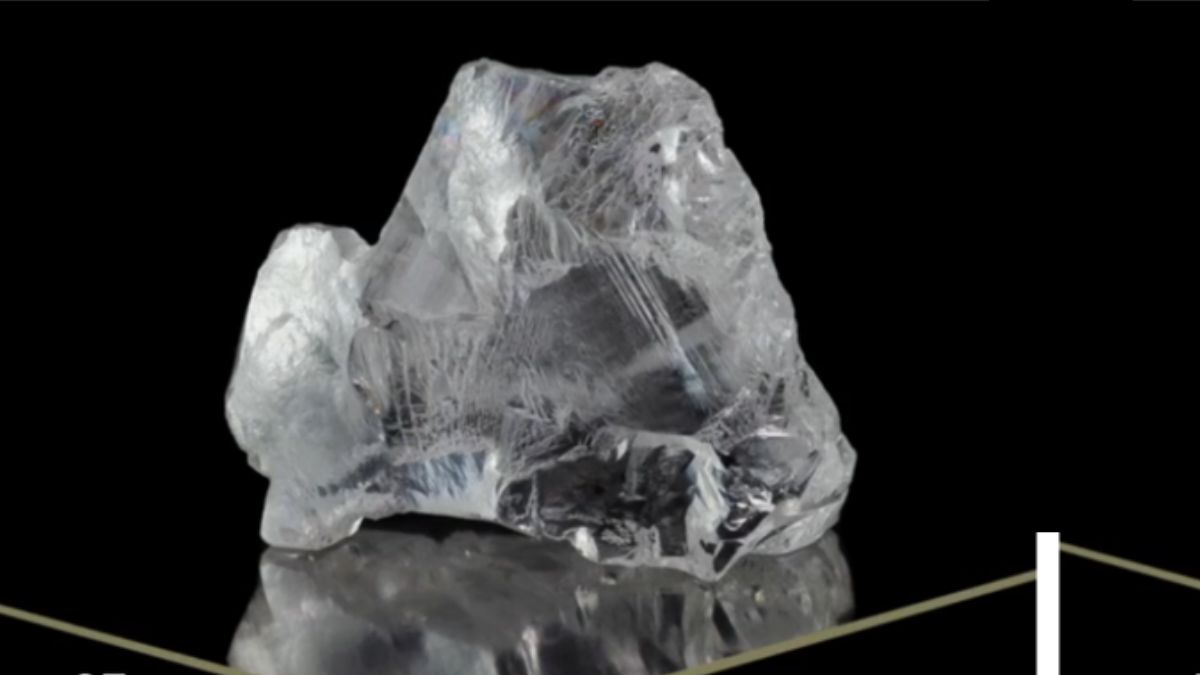The search for innovative power storage solutions has never been more crucial, especially in times of transition to cleaner, renewable energy sources. What many don’t know is that, underground in a small town in a US state, a monumental project is underway. This project not only promises to revolutionize energy storage but also to change the way we think about using renewable sources to power the future. You might be wondering: how is this possible? The answer lies buried, literally, in one of the largest and boldest initiatives in the American energy sector.
A small town, two giant caves: Will hydrogen redefine our energy future?
We’re talking about a small town that will soon become a key player in the global energy sector. This is because an ambitious project is underway deep within its land, where two giant caverns are being created from a geological salt formation. These caverns are impressively deep, up to 365 meters — simply the height of the Empire State Building — and will be used to store hydrogen, a clean and sustainable form of energy.
This energy storage will use gaseous hydrogen as “fuel” to generate electricity. Hydrogen has the significant benefit of not emitting carbon dioxide when burned, making it a promising alternative to fossil fuels. This project is not just a small innovation, but a giant step toward clean and renewable energy, harnessing the potential of hydrogen to reimagine how we store and consume energy.
Can Utah lead the green power shift?
This project, underway in Delta, located in central Utah, is more than just an energy storage facility. It’s part of an initiative to generate hydrogen from renewable sources like solar and wind during low-demand periods like spring and fall. The hydrogen generated will be stored in caverns and, during the summer months when electricity demand is highest, will be burned in a new power plant to generate electricity.
“It’s a little bit of a paradigm shift,” said John Ward, a spokesman for the Intermountain Power Agency, which is building the new power plant to replace an aging coal-fired one. “We’re making hydrogen as an energy storage carrier.”
Essentially, this plant will replace an old coal-fired plant that has been a major energy source for the region. However, by using a blend of hydrogen and natural gas (which is why the hydrogen empire starts here), the new plant will be less polluting, although it will still produce some greenhouse gas emissions depending on the proportion of natural gas used. The reason for this innovation is that, being produced from renewable sources, hydrogen is considered a “green” alternative. This helps solve one of the biggest challenges of renewable energy: how to store excess energy generated (during periods of low demand) and release it efficiently when needed.
Delta faces a tough choice: jobs today or a cleaner future tomorrow?
While the Delta project has the potential to transform the energy industry, it also raises some questions. For the city of Delta, the transition from a coal-fired plant to a hydrogen facility raises economic concerns. The coal-fired plant employed hundreds of people, but the new plant will employ only a fraction of that number. Local officials are optimistic, but aware that the immediate impact will be challenging.
- Local employment challenges.
- Hope for a clean future.
However, in the long term, this project could create a model for other regions seeking to reduce their emissions and increase their reliance on renewable energy. By storing large amounts of energy in hydrogen, the Delta project is helping to fill gaps in energy supply, especially in regions with a large number of intermittent renewable sources, such as solar and wind. Yes, solutions appear in the most unimaginable environments; it’s no wonder Japan just created the first typhoon turbine.















